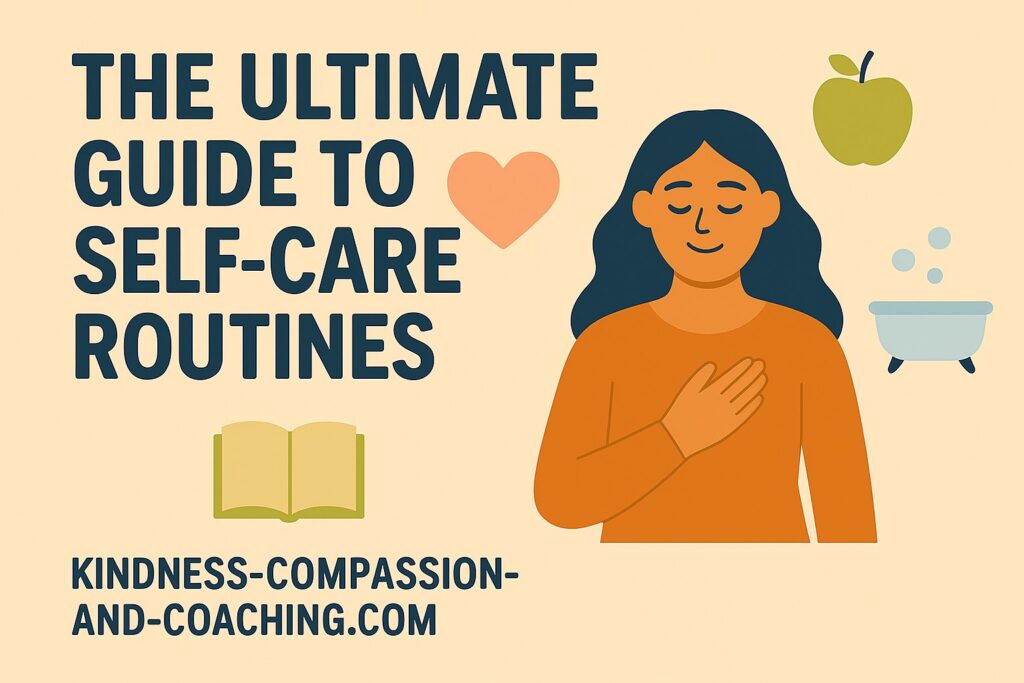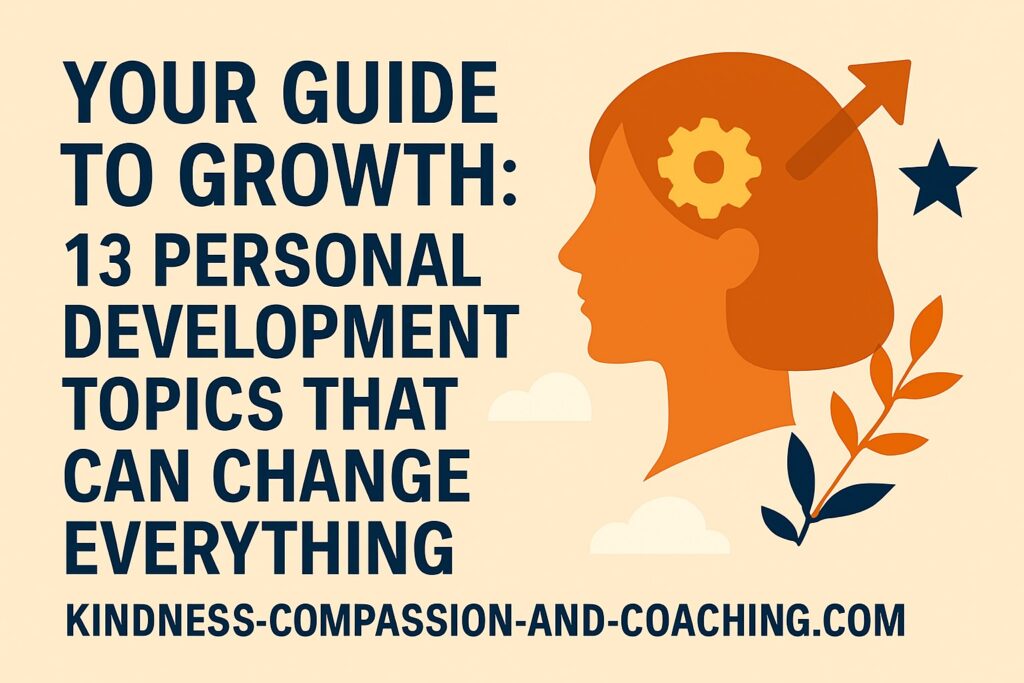Childhood trauma can deeply disrupt a young person’s world. When children experience distressing events, it can disrupt their sense of safety, trust, and self-worth. These scars don’t necessarily fade as the child grows up, either. They can shape how that child views themselves and the world around them and lead to a range of mental health challenges such as anxiety, depression, post-traumatic stress disorder, addiction, and relationship difficulties. Today, we discuss the power of trauma-informed healing and explore strategies and practices that promote healing, resilience, and growth for survivors of childhood trauma.
The scars and effects of early childhood trauma can be profound and long-lasting, but with the right support and interventions, healing is possible.
The Development of Trauma-Informed Care
In recent years, there has been a growing awareness of the profound impact that trauma can have on our lives. As a result, the approach to providing care and support to those who have experienced trauma has evolved significantly.
The concept of trauma-informed care has gained traction, heralding a more empathetic and effective way of addressing the complex needs of trauma survivors.
Trauma-Informed Healing: Types of Trauma
Trauma can manifest in various forms. Types of trauma may include physical trauma resulting from accidents or injuries, emotional trauma stemming from sudden loss or significant life changes, psychological trauma arising from experiences like abuse or neglect, and secondary trauma caused by vicarious exposure to others’ traumatic events, such as healthcare providers or first responders.
Any type can have lasting effects on an individual’s mental, emotional, and physical well-being, underscoring the importance of seeking appropriate support and resources for healing and recovery.
Traumatic Reactions
Childhood trauma can trigger a wide range of reactions that can persist well into adulthood. These reactions may encompass emotional responses such as feelings of fear, sadness, or anger, as well as cognitive challenges like difficulty concentrating or making decisions.
Behavioral reactions may include avoidance of situations reminiscent of the trauma, self-destructive behaviors, or even re-enactment of the trauma in relationships. Physical symptoms like headaches, sleep disturbances, and gastrointestinal issues can also manifest as a result of childhood trauma.
It is key for those who have experienced childhood trauma to seek professional support and resources to address and process these reactions in a healthy and healing manner.
The Trauma Affect
Trauma can profoundly influence one’s cognitive functioning, causing difficulties with memory, concentration, and decision-making. It can also manifest in symptoms such as chronic pain, fatigue, and compromised immune function.
Trauma can alter one’s relationships and sense of self, potentially leading to challenges in trust, intimacy, and self-esteem. Recognizing and addressing these effects through therapy, support groups, and self-care strategies are essential steps in the healing process.
Understanding Trauma-Informed Healing
A trauma-informed approach to overcoming a childhood traumatic event recognizes the complexity and depth of the long-term effects of trauma and the wounds that we carry. Compassion, understanding, and empowerment are all emphasized as part of the healing process.
Trauma-informed healing describes a way of interacting with those who have faced trauma that emphasizes safety, trust, and empowerment. Rather than asking, “What’s wrong with you?” trauma-informed therapy asks, “What happened to you?” This shift in perspective helps create understanding and compassion for those who are healing and seeking to overcome mental health problems, posttraumatic stress, or posttraumatic stress disorder.
Get A Childhood Trauma Recovery Workbook
The Foundation of Trauma-Informed Healing is Trust
Creating a safe and trusting behavioral health environment is paramount in any healing process and trauma-informed healing is no different. Individuals need to feel secure, respected, and valued. In trauma-informed care, professionals work on establishing a solid foundation of trust with their clients during the healing and recovery process. This involves creating safe spaces where one can feel heard, respected, and valued. Whether it’s a therapist’s office or a support group, the environment needs to feel secure.

Empowering Through Choice
When someone has experienced trauma, they may feel like their choices have been taken away. It’s key to empower them by giving back some of that control. This means involving them in decisions about their health care healing and recovery process.
Empowering individuals to make informed choices and decisions about their healing process fosters autonomy, self-esteem, and agency. Offering options, encouraging self-expression, and respecting boundaries are essential components of trauma-informed care that promote empowerment and choice. Asking, “What do you think will help you?” fosters a sense of ownership and can spur motivation.
Recognizing Triggers
Triggers often pop up unexpectedly, rekindling past pain. In a trauma-informed approach, recognizing and understanding these triggers as an impact of trauma is vital. When someone knows what might set them off, they can prepare themselves. This knowledge helps people navigate their daily lives with more confidence and reduces the chance of being caught off-guard.
Fostering Connection and Community
Connecting with others who share similar experiences can make a world of difference when we are working towards healing. Support groups or community programs act as a lifeline. They provide safe spaces to share stories, emotions, and coping strategies. Building a supportive network of allies, including therapists, counselors, friends, and family members, can provide a foundation of safety and trust for survivors of childhood trauma.
Trauma-Informed Healing Involves Holistic Approaches
Trauma-informed healing recognizes that healing addresses the emotional and psychological aspects of trauma and also encompasses physical, social, and spiritual dimensions. Integrating holistic practices such as mindfulness, yoga, art therapy, and somatic experiencing can help individuals reconnect with their bodies, minds, and spirits in a healing and supportive way. By nurturing emotional, physical, and spiritual well-being, individuals can create a more balanced healing experience and overcome related health problems.
Get Your Copy of Healing Your Wounded Inner Child: a CBT Workbook
Cultural Sensitivity
Cultural humility and sensitivity are essential in trauma-informed healing, acknowledging the diverse backgrounds, experiences, and beliefs of each person. Tailoring interventions and practices to honor cultural values and traditions can enhance the effectiveness and relevance of healing approaches.
Practical Trauma-Informed Healing Practices
Seek professional help from trauma-informed therapists, counselors, or mental health providers. They can offer specialized interventions and support. Self-care activities such as loving-kindness meditation, exercise, journaling, spending time in nature, or connecting with supportive community resources can promote emotional regulation, relaxation, and overall well-being.
Building strong, positive, and trustworthy relationships with friends, family, mentors, or support groups can provide a sense of belonging, connection, and validation that is essential for healing. Education about trauma and its effects can empower those struggling to advocate for themselves, access appropriate care, and contribute to creating trauma-informed communities that prioritize healing and resilience.
Learn More About Trauma-Informed Healing
Trauma-Informed Healing and Therapeutic Interventions
Therapeutic interventions such as trauma-focused cognitive behavioral therapy, eye movement desensitization and reprocessing (EMDR), expressive arts therapy, and somatic experiencing are designed to help individuals process trauma, manage symptoms, and cultivate new coping strategies.
By incorporating a trauma-informed approach, therapists can facilitate a collaborative and strengths-based therapeutic process that honors a person’s unique journey, promotes safety and empowerment, and fosters the restoration of wholeness and well-being.
Frequently Asked Questions About Trauma-Informed Healing
What is Trauma-Informed Care?
Trauma-informed care is an approach that recognizes the widespread impact of trauma. It emphasizes the creation of safe and supportive environments for those who have experienced trauma. It involves understanding the prevalence of trauma, recognizing the signs and symptoms, and integrating this into service delivery.
How Does Trauma-Informed Care Differ from Traditional Care?
Unlike traditional approaches, trauma-informed care places a strong emphasis on understanding the behavioral, neurological, and psychological effects of trauma. It prioritizes empowerment, collaboration, and the creation of safe spaces where individuals feel heard, understood, and respected. This approach also highlights the importance of avoiding re-traumatization through thoughtful, sensitive interactions.
What Are the Core Principles of Trauma-Informed Care?
Trauma-informed care is guided by several key principles. These include safety, trustworthiness, choice, collaboration, and empowerment. These principles form the foundation of an environment that fosters healing and growth. This encourages a sense of agency and dignity for those who have experienced trauma.
How Does Trauma-Informed Care Support the Healing Process?
By prioritizing safety, trust, and empowerment, trauma-informed care creates an environment where individuals feel comfortable expressing their needs and working towards healing. This approach encourages a sense of agency and control, promoting a vital sense of safety and trust that is often eroded by traumatic experiences.
Can Trauma-Informed Healing Benefit Everyone?
While trauma-informed care is essential for those who have experienced trauma, its principles have a universal appeal. Creating an environment that prioritizes safety, choice, and collaboration can foster a sense of well-being and resilience for all individuals, regardless of their background or experiences.
Trauma-informed care and healing represent a powerful shift in how we approach support, emphasizing empathy, understanding, and empowerment. By embracing these principles and educating ourselves, we can collectively contribute to a more compassionate and healing-centered world.
How to Make the Most of Trauma-Informed Healing
A trauma-informed approach to healing offers a compassionate framework for those on the road to recovery. By focusing on trust, empowerment, and community, it creates pathways for individuals to reclaim their lives.
While the scars of traumatic stress and traumatic experiences may remain, the journey toward healing can lead to a sense of hope and renewal. Everyone deserves a chance to heal and thrive, and with the right support, it’s possible.
Know you need never be alone. Call or text 988 or chat 988lifeline.org to reach a 24-hour crisis center, text MHA to 741741, call 911, or go to the nearest emergency room.
You may also find this article useful: Inner Child Healing Exercises: How to Heal What’s Hidden.
To learn more, visit: How to Spot the Signs of Unresolved Childhood Trauma.
Thank you as always for reading.
If you haven’t yet subscribed, please enter your email address so you never miss a post.
Affiliate Disclosure: Some links in this post are affiliate links. As an Amazon Associate, we earn from qualifying purchases. Thank you for supporting Kindness-Compassion-and-Coaching.com at no extra cost to you.

Joan Senio is the founder of Kindness-Compassion-and-Coaching.com. Joan’s career includes clinical healthcare plus 20+ years as an executive in a nationwide health care system and 15 years as a consultant. The common threads throughout Joan’s personal and professional life are a commitment to non-profit organizations, mental health, compassionate coaching, professional development and servant leadership. She is a certified Neuroscience Coach, member of the International Organization of Life Coaches, serves as a thought-leader for KuelLife.com and is also a regular contributor to PsychReg and Sixty and Me. You can read more about Joan here: Joan Senio.
















No Responses